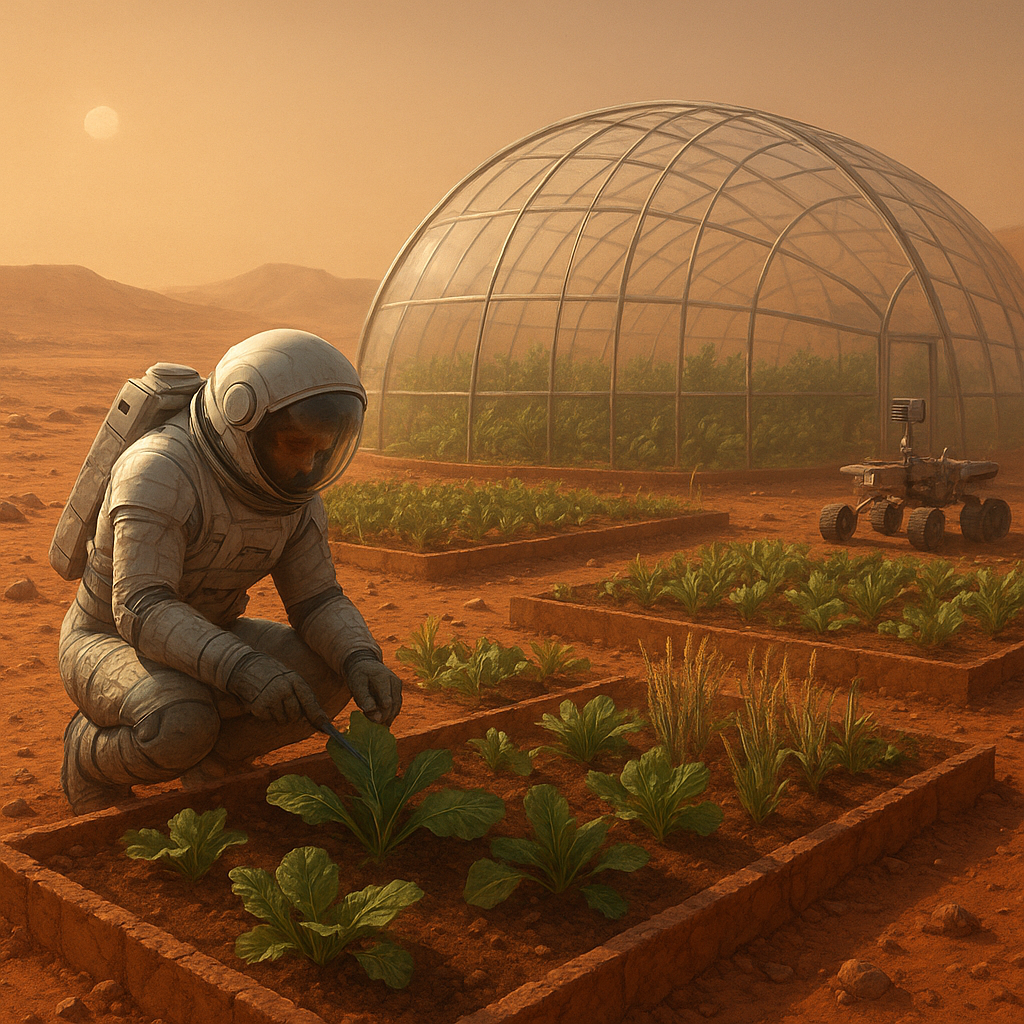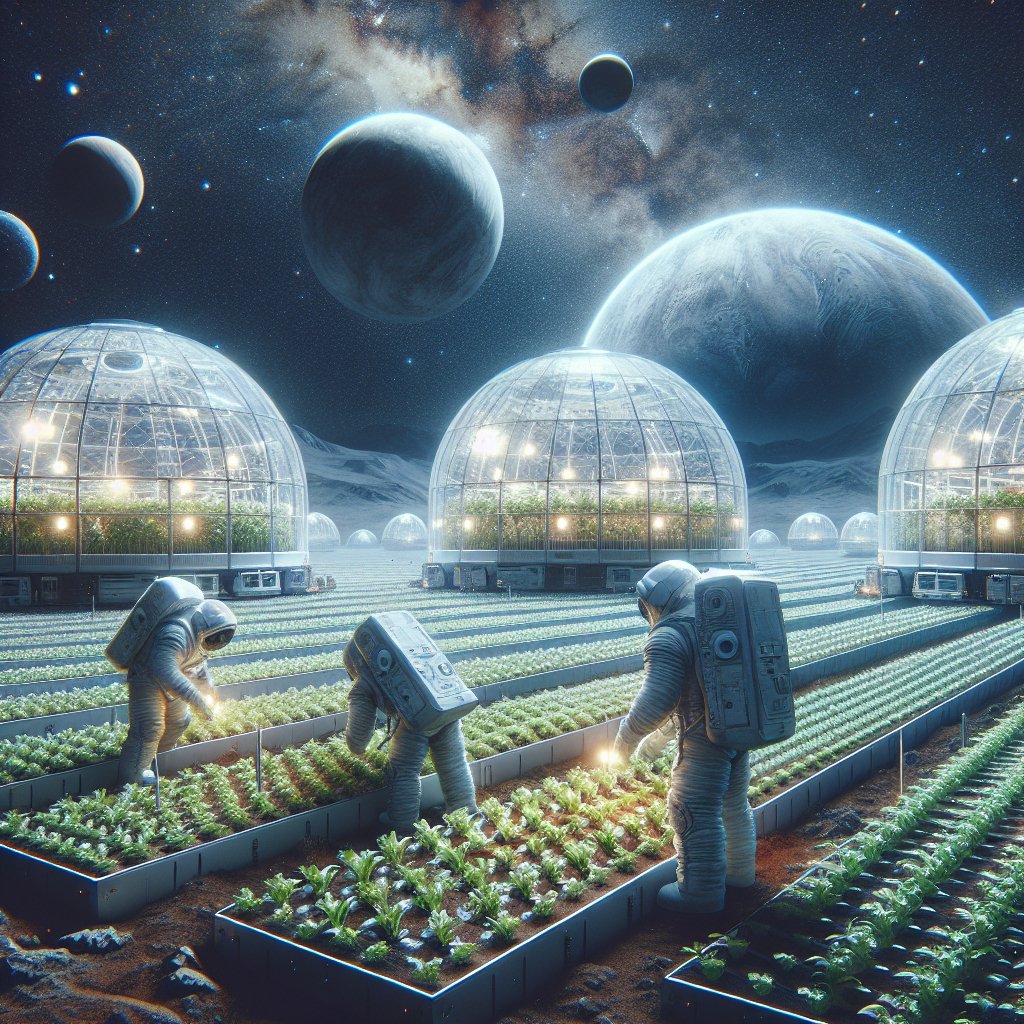In the quest to extend humanity’s presence beyond Earth, NASA has turned to the intricate world of biotechnology and plant physiology to cultivate life-supporting gardens in the unique setting of the International Space Station. Researchers onboard the ISS have pioneered a suite of experiments to unravel how microgravity and spaceflight stressors influence germination, growth, and plant health. Drawing upon decades of agricultural research, these initiatives aim to build sustainable food systems for long-duration missions to Mars and beyond, while providing fresh produce that enhances crew nutrition and psychological well-being.
The Evolution of Space Agriculture
Long before the construction of the ISS, scientists conducted preliminary plant studies on Skylab and the Space Shuttle, observing how microgravity altered fluid dynamics in seeds and roots. Early investigations focused on simple organisms such as algae and fast-growing grasses, with rudimentary systems that lacked automated control but laid the groundwork for more sophisticated setups. These experiments revealed that in the absence of Earth’s gravitational pull, capillary action and surface tension became the primary drivers of water distribution in the root zone.
By the 1990s, NASA’s Controlled Ecological Life Support System (CELSS) program introduced concepts of closed-loop plant chambers, addressing key challenges like oxygen production and carbon dioxide removal. This shift toward bioregenerative life support marked a turning point: plants were no longer just experimental curiosities but potential teammates in sustaining crew members. The shuttle era saw crops like lettuce, wheat, and rice germinate in orbit, albeit in small volumes and under highly controlled conditions.
Construction of the ISS in the early 2000s provided a permanent platform for continuous plant research, allowing scientists to test increasingly complex systems. Collaborative efforts with international partners led to integrated modules that maintained regulated temperature, humidity, and lighting profiles. Researchers began fine-tuning light spectrums via LED lighting arrays, tailoring red, blue, and green wavelengths to optimize photosynthetic efficiency in a confined habitat. These advances signaled that space-based agriculture was evolving from proof of concept to operational reality.
As data accumulated, the focus shifted to improving yield, adjusting nutrient solutions, and safeguarding against microbial imbalances. Innovations in sensor technology and remote telemetry enabled real-time monitoring of plant health parameters such as pH, moisture levels, and chlorophyll fluorescence. These metrics helped cultivate a deep understanding of life support integration, setting the stage for the next generation of space garden experiments.
Key Experiments Aboard the ISS
Vegetable Production System: Veggie
The Veggie facility, launched in 2014, represents a landmark achievement in on-orbit cultivation. This modular unit uses expandable pillow-like growth chambers that deliver water and nutrients directly to plant roots through a porous substrate. The system’s simplicity and low power consumption make it an ideal testbed for leafy greens such as lettuce, mizuna mustard, and red romaine. Crew members can harvest fresh salads merely weeks after seeding, providing a palate-pleasing complement to freeze-dried rations.
Advanced Plant Habitat
Introduced in 2017, the Advanced Plant Habitat (APH) is NASA’s most sophisticated plant growth chamber. It features an enclosed closed environment allowing precise control over temperature, humidity, and carbon dioxide levels. Its integrated camera and environmental sensors give scientists on Earth near real-time access to data, enabling adjustments to the light regime and nutrient delivery schedule. APH experiments have yielded valuable insights into tomato flowering, root-zone aeration, and photoperiodic responses of model crop varieties.
Zinnia and Radish Studies
Beyond food crops, flowering plants like zinnias serve as proxies for more complex species. Zinnia experiments demonstrated successful pollination under microgravity, a critical factor for fruiting crops. Meanwhile, radish trials offered rapid-growth profiles to study root morphology and nutrient uptake. Findings indicated that root hairs in microgravity exhibited irregular orientations but adapted over successive generations, suggesting a form of evolutionary plasticity in space environments.
Another notable investigation focused on the Chili Pepper experiment, which examined the impact of varying light spectrums on fruit development and flavor compounds. These trials continue to refine our understanding of photoperiodic control, teasing apart how different wavelengths influence gene expression, biomass allocation, and secondary metabolite production in a weightless setting.
Technological Innovations and Methodologies
Modern ISS botanical laboratories integrate cutting-edge aeroponic and hydroponic technologies. Aeroponic systems suspend roots in an oxygen-rich atmosphere, periodically misting them with nutrient solution. Hydroponic variants use inert media such as clay granules or specialized pillows to anchor plants while nutrient-rich water flows through the substrate. These approaches minimize water waste and maximize nutrient uptake efficiency—critical in the closed-loop constraints of a spacecraft.
At the core of these systems lies customizable LED lighting. By adjusting the light spectrum, intensity, and photoperiod, researchers can manipulate photosynthetic rates, flowering triggers, and crop morphology. For instance, increased red-to-blue ratios promote stem elongation, while higher blue intensities enhance leaf thickness. These tunable conditions accelerate growth cycles and support year-round cultivation in an environment where natural sunlight is inaccessible.
Sophisticated sensor arrays enable closed-loop control over every aspect of plant growth. Sensors monitor pH, electrical conductivity, moisture content, and ambient gas composition. Automated valves and pumps ensure precise nutrient delivery schedules, reacting to live feedback and optimizing resource utilization. Data collected from successive missions informs machine learning models that predict plant responses to environmental perturbations, paving the way for increasingly autonomous gardening systems in orbit.
Challenges to Growing Plants in Space
Operating space gardens involves a constellation of obstacles. In microgravity, water and air bubbles do not separate as they do on Earth, complicating root zone irrigation. Excess moisture can suffocate roots, while inadequate water delivery leads to drought stress. Engineers have devised wicking materials and suction algorithms to address these fluid management issues, but real-time adjustments remain essential.
Exposure to cosmic radiation poses another threat to plant integrity. High-energy particles can damage DNA, alter mutation rates, and impair reproductive functions. Shielding materials and crop selection strategies aim to mitigate these effects, yet fully protecting living tissues in deep space remains a formidable task. Research into radiation-resistant varieties holds promise, drawing on terrestrial analogs such as high-altitude flora.
Space crop systems must also guard against microbial imbalances. Beneficial bacteria and fungi support nutrient cycling and disease resistance, but opportunistic pathogens can flourish in closed habitats. Strict sterilization protocols, regular microbiome assessments, and probiotic inoculants help maintain a healthy rhizosphere. Balancing microbial communities is essential for preventing outbreaks that could jeopardize both plant health and crew safety.
Implications for Long-Duration Missions and Beyond
As NASA eyes crewed missions to Mars and permanent lunar bases, the ability to cultivate fresh food becomes a cornerstone of mission design. Reliable plant growth systems reduce reliance on pre-packaged supplies, cutting launch mass and extending mission durations. Successful space gardens can transform resupply missions from logistical necessities into opportunistic support flights, with seed banks replacing bulk food items.
Beyond nutrition, tending to living plants offers substantial psychological benefits. The presence of greenery and the act of care foster a sense of normalcy and well-being in isolated and confined conditions. Demonstrating that humans can nurture ecosystems in orbit bolsters confidence in our capacity to establish off-world colonies and underscores the role of sustainability in future space endeavors.
Collaboration between NASA, private partners, and international agencies accelerates the pace of innovation. Commercial entities are proposing inflatable greenhouses for lunar orbit, while research proposals for Gateways and Artemis missions envision integrated farm modules. These efforts will leverage lessons learned on the ISS to deploy robust astroculture infrastructures that support multi-planetary exploration.
Ultimately, ISS space gardens represent more than a scientific novelty; they embody a profound shift toward closed-loop life support and ecological resilience. By mastering the art and science of off-world agriculture, humanity takes a pivotal step toward becoming a true spacefaring civilization, capable of thriving in the most extreme frontiers.




